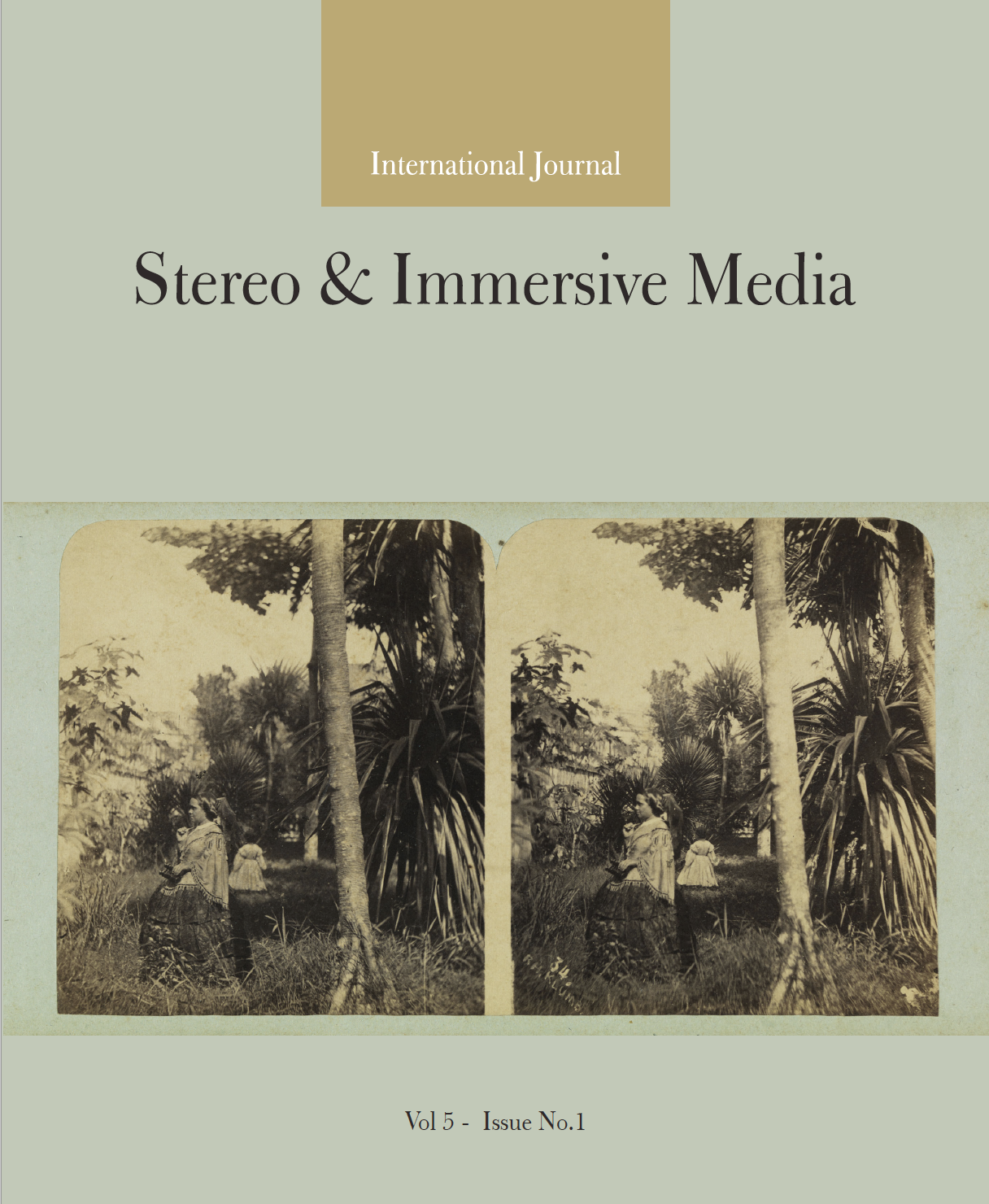The Kaiser-Panorama and Tourism in Belgium Around 1900.
Abstract
The Kaiser-Panorama is a cylindrical stereo-viewer offering series of 50 topographic coloured stereo photographs to multiple viewers simultaneously. It was conceived, patented and commercialised in the 1880s by the German August Fuhrmann who subsequently developed it into a longstanding transnational media enterprise. Because of its focus on topographic imagery, the Kaiser-Panorama has often been marketed as a medium for virtual travel. So far, the Kaiser-Panorama has mainly been studied in the German context and little is known about its development in other countries. This article focuses on the presence and meaning of the Kaiser-Panorama in Belgium. It will consider this from two perspectives. First, it maps the introduction and development of the Kaiser-Panorama in Belgium where it emerged at a point in time when urban entertainment transitioned from mobile to fixed exhibition. Second, the heyday of the Kaiser-Panorama in Belgium coincides with the increasing democratisation of travel. The article will demonstrate how, in the Belgian franchise, an enterprise whose core business was the promotion of virtual travel, developed into a medium promoting real travel.



